At the start of the year, as the weather gets milder and the days longer, thoughts may turn to the garden. If you’re looking for something to brighten up the early part of the gardening year, and offer welcome sustenance for pollinators into the bargain, then look no further than the humble Hellebore.
Hellebores make wonderful, long-lived garden plants and are a welcome sight, appearing early in the year when many other plants are dormant, and flowering right through spring. They offer a valuable source of nectar and pollen for hungry, early emerging bees tempted out by milder weather before spring really gets underway. All types of bees love them, particularly if the flowers are single (see below left), rather than double (below right). In double flowering Hellebores, some of the pollen and nectar-bearing parts have been turned into petals, so there’s less food for the bees, and it’s not so accessible to them.
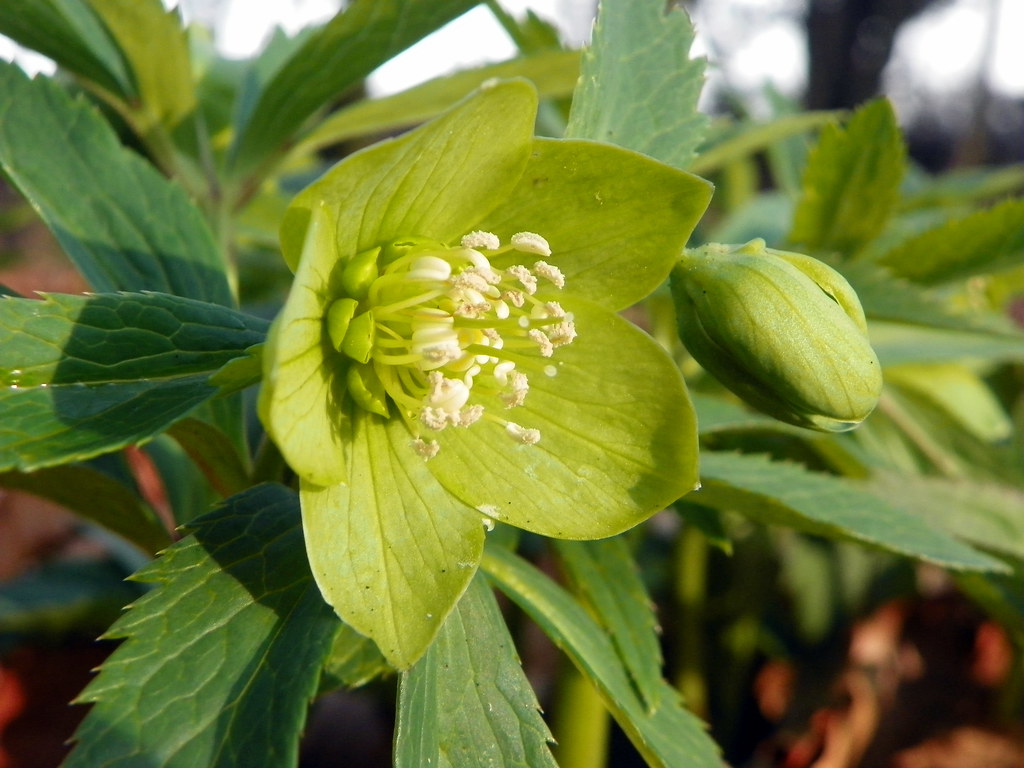
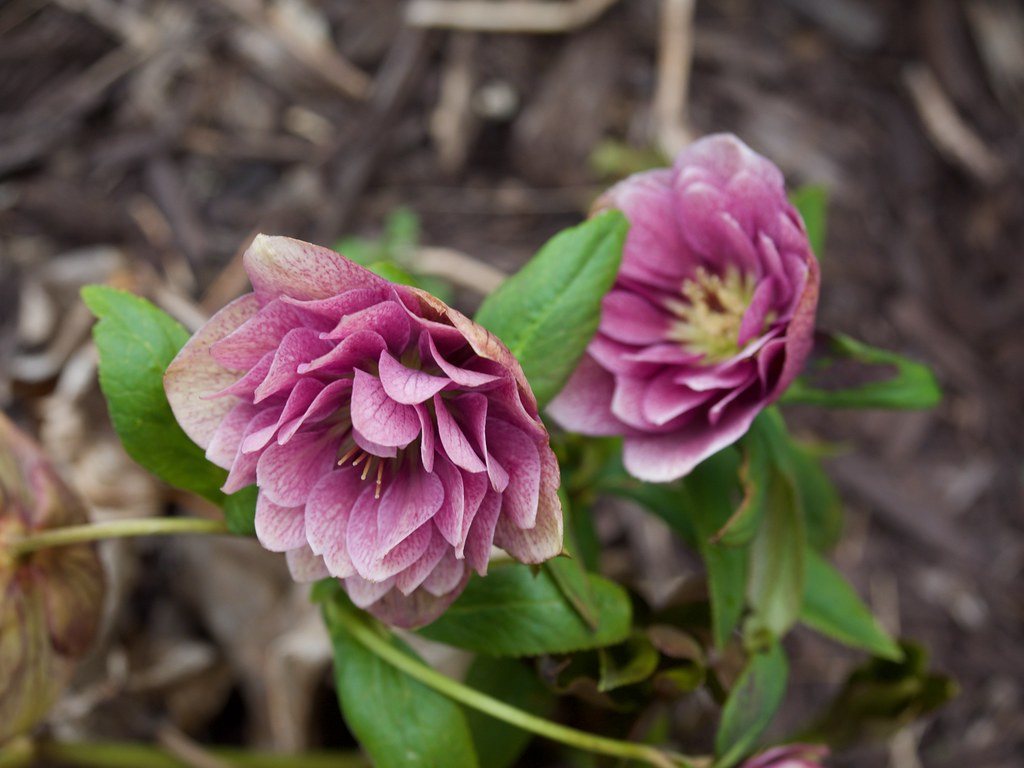
They belong to the buttercup (Ranunculaceae) family and come in a wide range of sizes and colours from apricot to reds, purples, oranges, pinks, whites and even greens; many are evergreen and some herbaceous. It’s not one plant, but a family of approximately 20 species, plus various subspecies. And it’s often called the Lenten, Christmas, or Winter Rose. Hellebores orientalis (Lenten Rose) and its many hybrids have downward-facing flowers (see below left for example). Not only does this protect the pollen from winter rains but it also offers shelter to the attendant insect while it feeds. In contrast, the flowers of the Helleborus niger (Christmas Rose) face outward (below right).
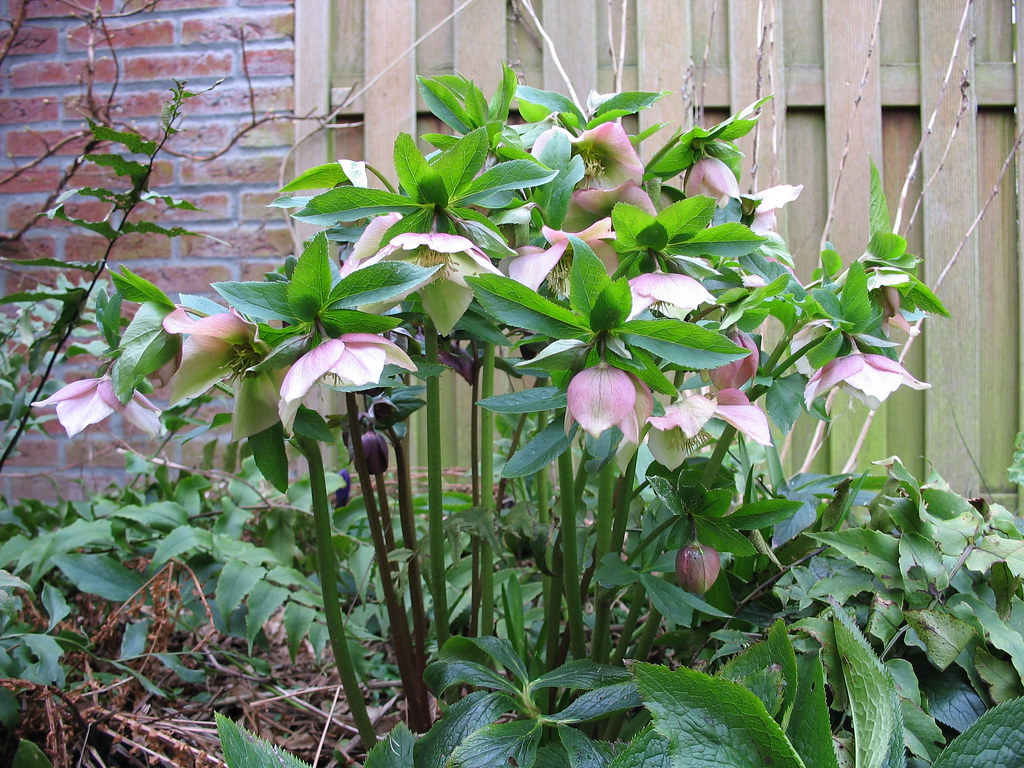
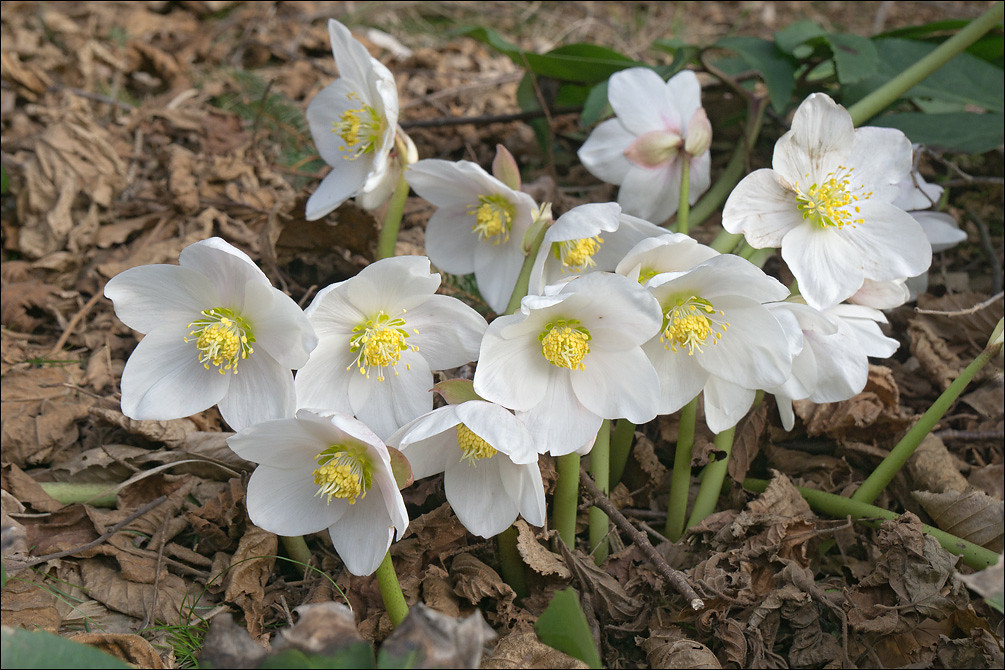
The Stinking Hellebore (Helleborus foetidus) is a wonderful, native Hellebore that flowers even in the coldest weather, thrives in the shade and is adored by bees as well as flies which are attracted by its slightly musky smell (hence the name). It can grow as tall as a metre.
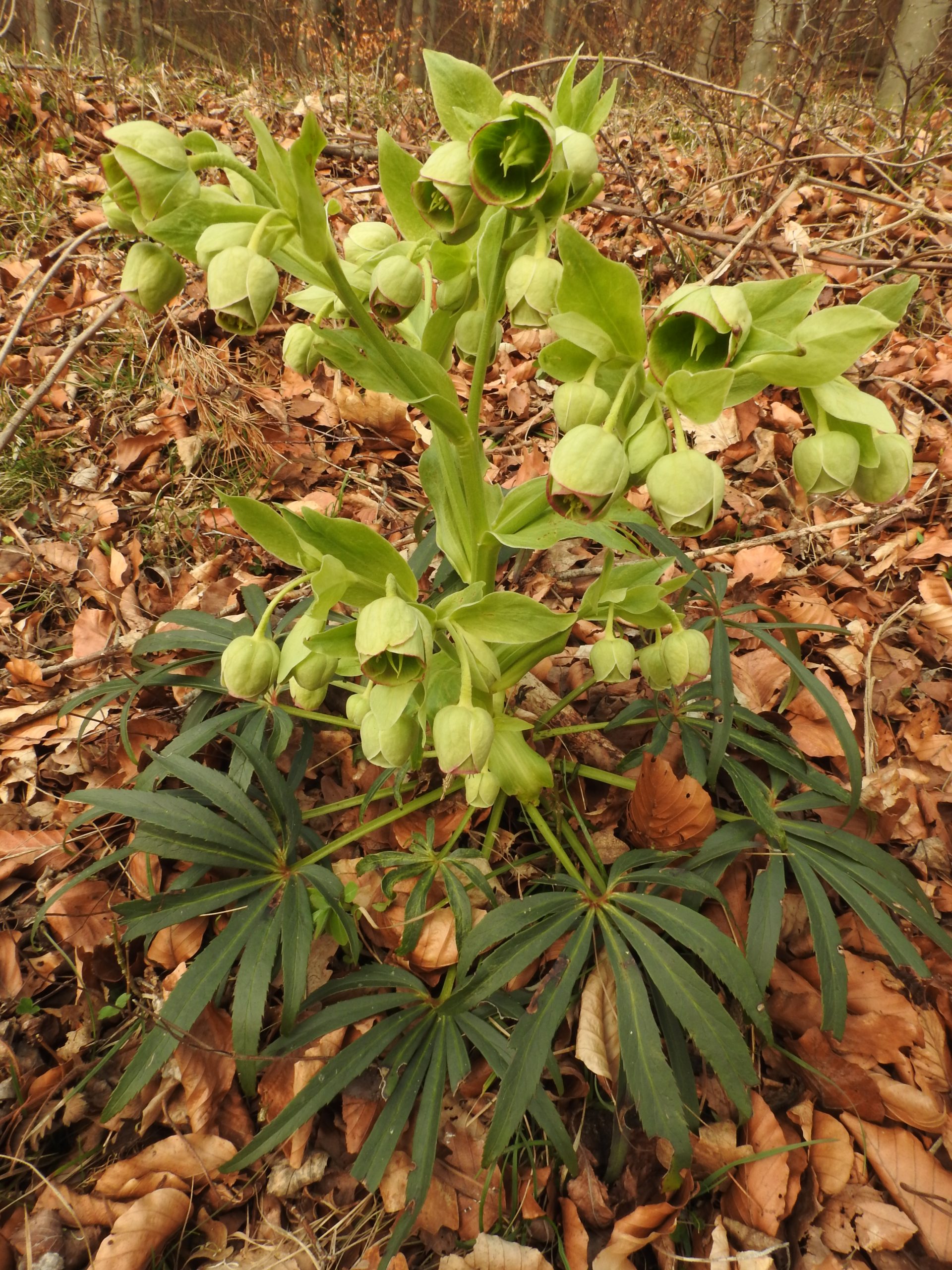
Not all Hellebores are scented, but if it’s a pleasantly aromatic variety you’re after, then plant Helleborus odorus or Fragrant Hellebore. It has large green flowers and a scent that has been likened to blackcurrants.
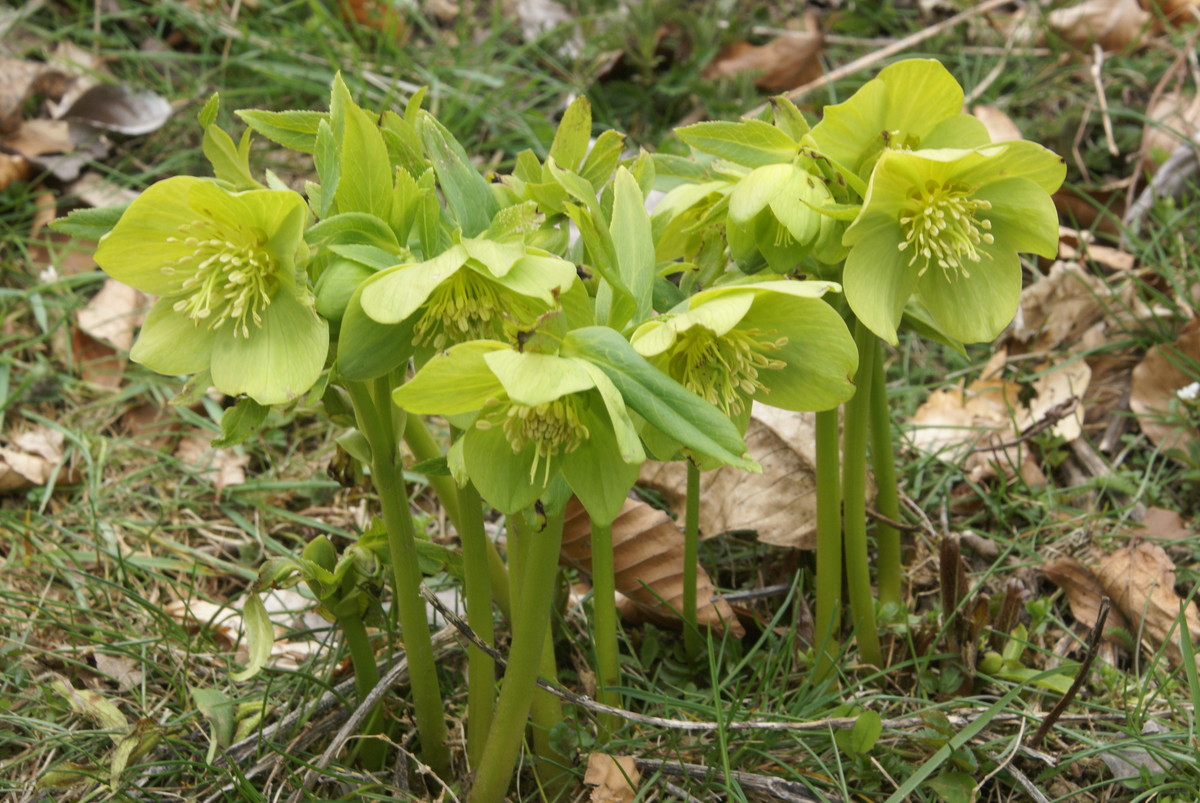
Hellebores are typically woodland edge plants. They thrive in rich, moisture-retentive soil but struggle in boggy and wet conditions. Most will tolerate full sun to almost full shade. They are also unattractive to deer and rabbits due to their toxicity which is good news if unwelcome foragers are a problem in your garden.

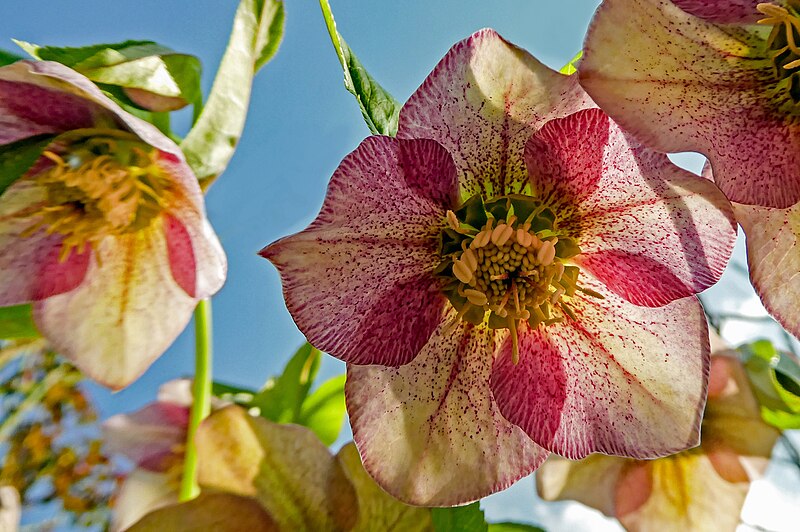
Recent Comments